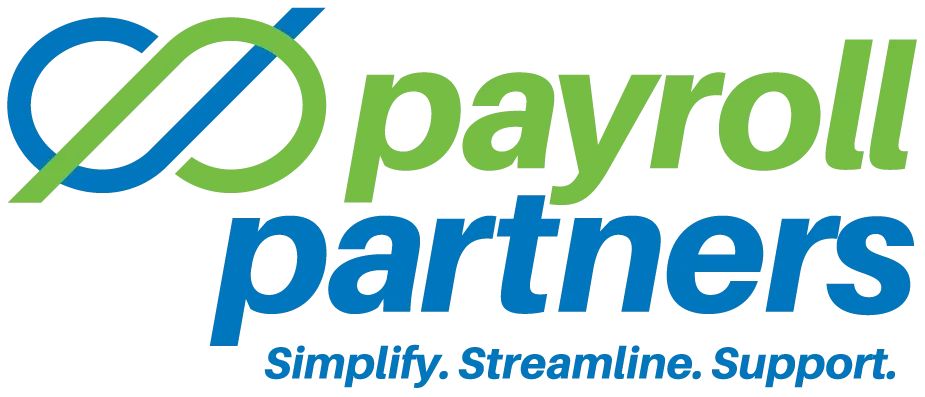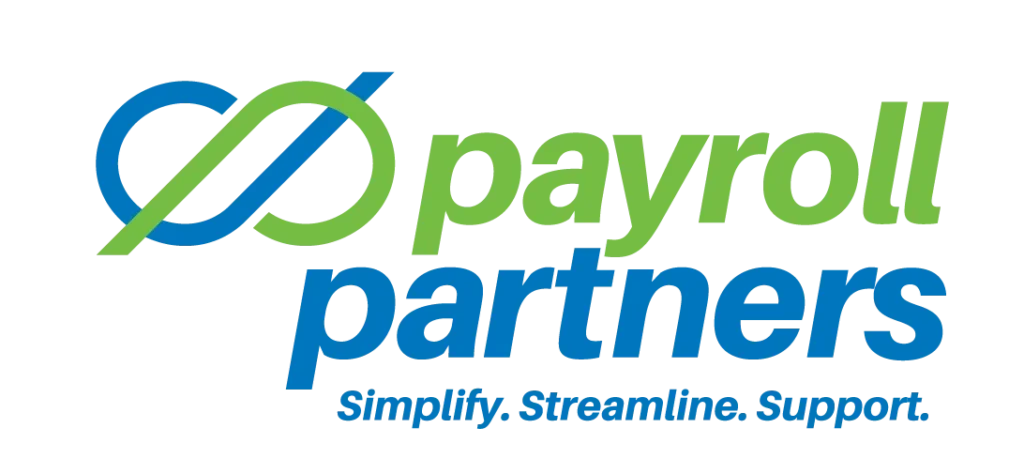First quiet quitting, now quiet vacationing. What is going on? This is a good question with complicated answers.
Quiet vacationing, also called stealth paid time off, is the practice of taking time off without formally requesting it or notifying your employer. It’s a post-pandemic development, so to understand it, we need to recognize that the workplace environment changed with the COVID-19 pandemic and is still being figured out. No one knows for sure what the workplace of the future will look like.
Employees in this new environment worry that a remote or hybrid worker is viewed differently if they take the PTO they are entitled to. They wonder if they will be seen more favorably if they leave their PTO unused. If they believe the latter to be true, they may be inclined to try quiet vacationing.
A recent Harris Poll showed that pressure to always be available, heavy workloads and fear of poor perceptions are among the reasons 78% of Americans do not use all their vacation days — at least officially. (This problem is not new; a recent Forbes article reported that about a quarter of PTO went unused in 2017 and 27.2% went unused in 2018.) The same Harris poll showed 28% of the general population engages in quiet vacationing. A more recent poll indicated that the number of people engaging in quiet vacationing may be closer to 48%.
The new reality
Is there a difference in how managers think about someone who takes a “real” vacation and someone who vacations without letting anyone know?
Managers need to recognize that the traditional eyes-on, five-days-a-week, 9-5 workplace is not coming back. Employees need to be managed in a way that trusts them to do excellent work in a timely manner, whether they work at midnight or 7 a.m. Technology meant to monitor employees, say by monitoring mouse clicks, can be evaded by employees simply clicking a mouse while doing something else, using a virtual private network or scheduling emails.
Undoubtedly, there need to be guardrails: Employees need to be available for meetings, events, team-building exercises, etc. They also need to be reachable for emergencies, with limited exceptions, including when they are using PTO.
Employers also have legitimate reasons for requiring employees to work at a designated location. First, state law dictates that employees need to pay taxes in the state where they are working; if they are working somewhere other than where their employer thinks they are, that creates payroll compliance issues. Further, employers need written risk and security plans that cover on-site and remote employees and include safeguards that are appropriate for the business; these will vary depending on where employees are located. Lastly, location leads to complicated tax, employment law, business operations and security compliance issues.
It is essential to balance the legal and cultural needs of the employer — including how managers perceive work gets done so they can measure performance — with the needs of the employees, who want to be assessed by how, rather than when, they work and who want to take PTO without being penalized. The new workplace presents an opportunity for managers to rethink how work is assigned and to model that taking PTO is okay.
Original content by © IndustryNewsletters. All Rights Reserved. This information is provided with the understanding that Payroll Partners is not rendering legal, human resources, or other professional advice or service. Professional advice on specific issues should be sought from a lawyer, HR consultant or other professional.

